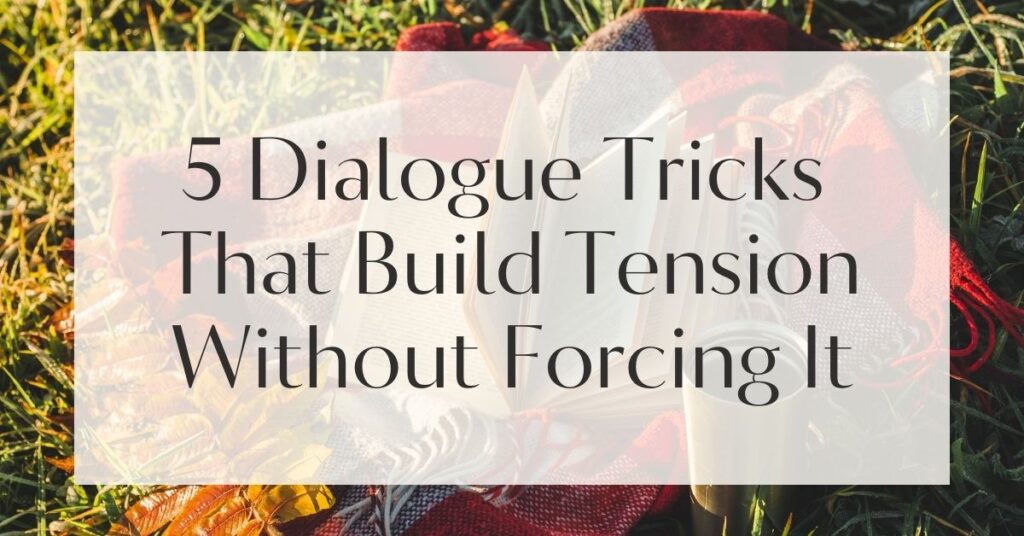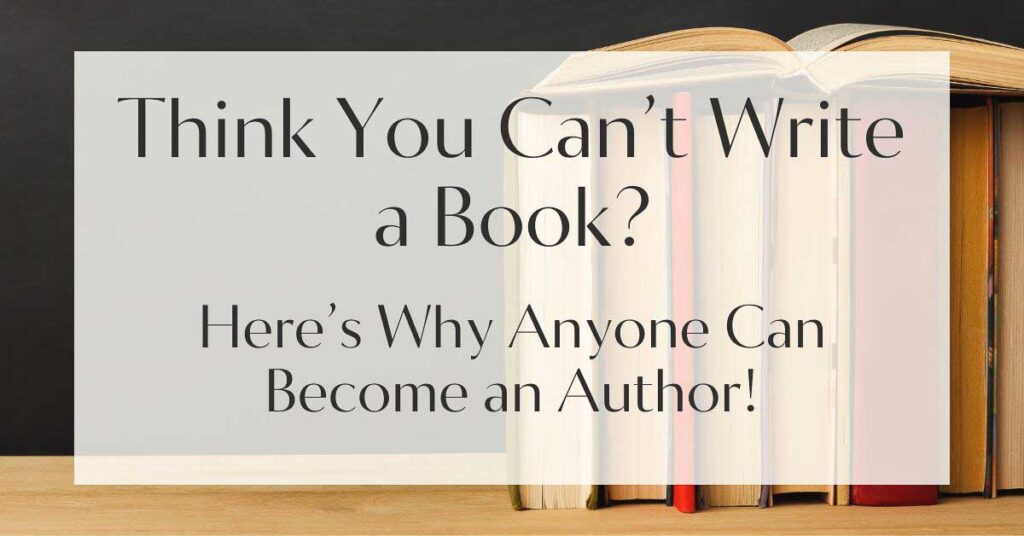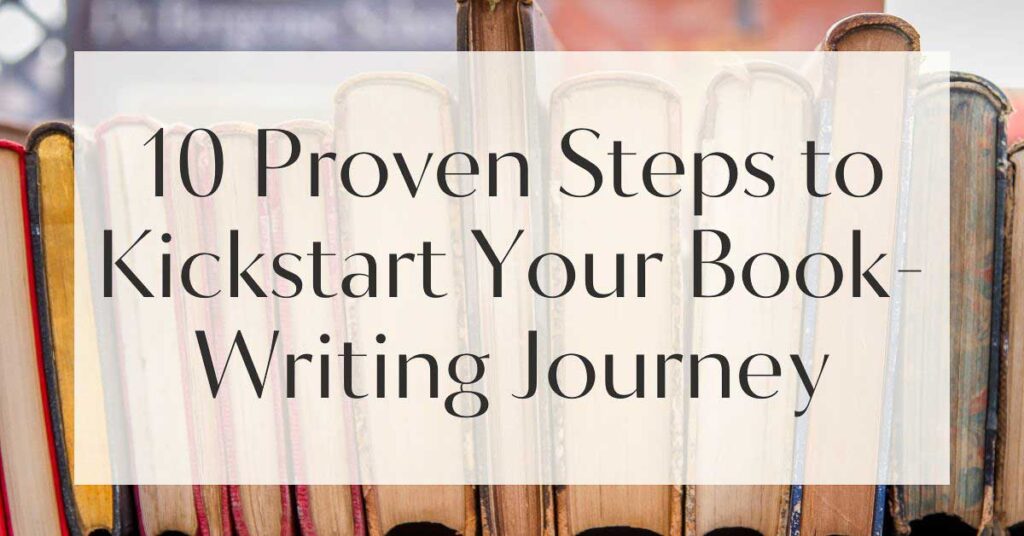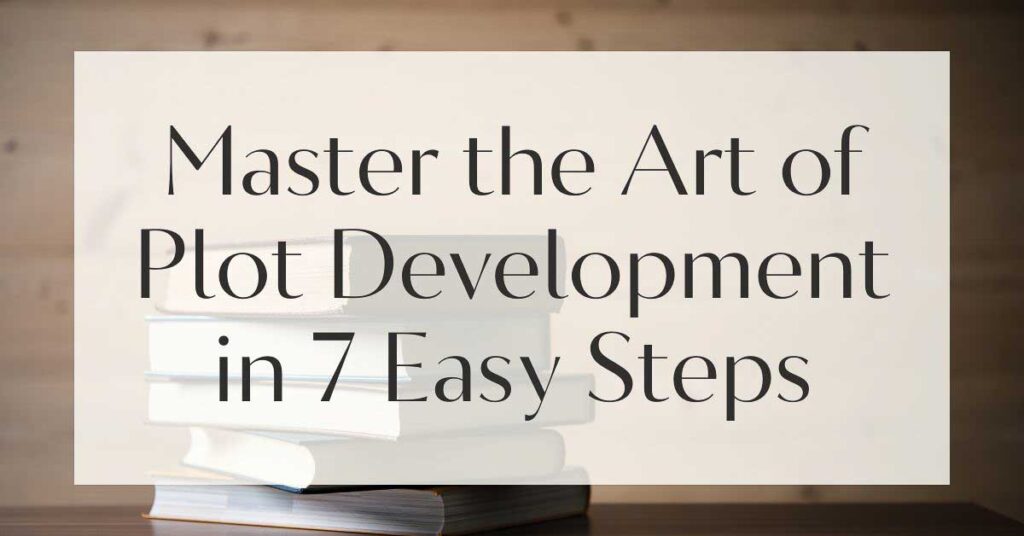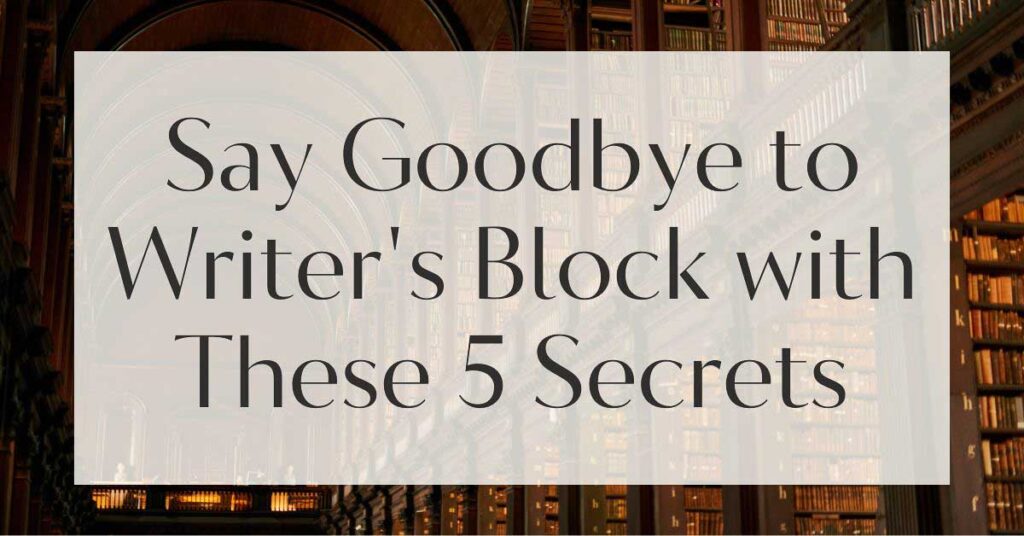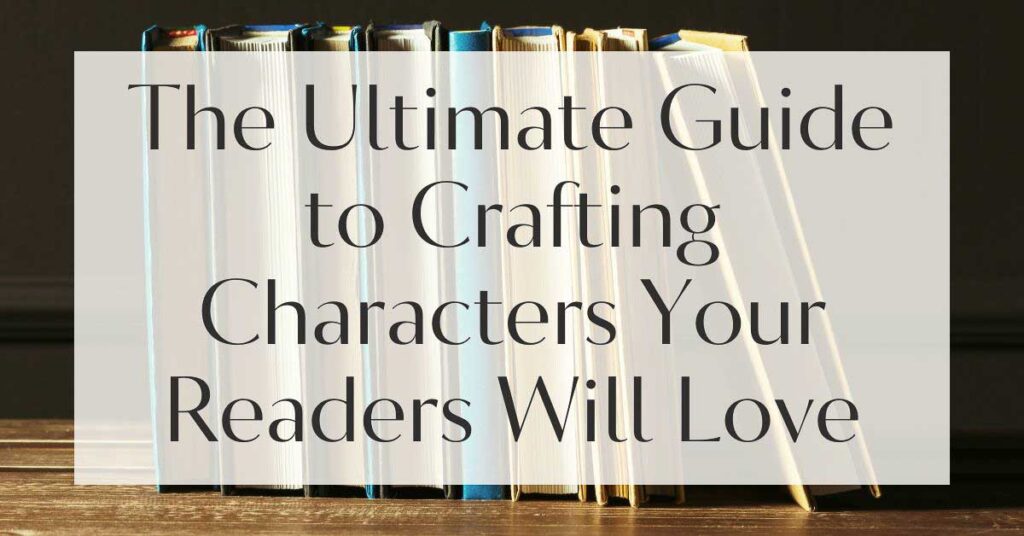Have you ever found yourself on the edge of your seat, heart pounding, as characters on screen or in a book exchange terse words that seem to crackle with energy? This magic lies in the art of dialogue techniques that effortlessly build tension.
It’s not just about what is said, but what lurks beneath the surface—unspoken truths, hidden motives, and emotional undercurrents that keep us hooked. Whether you’re crafting a suspenseful thriller or an intense drama, mastering these techniques can elevate your storytelling to new heights.
Let’s explore how dialogue can be a powerful tool in your narrative arsenal.
Understanding Dialogue Techniques
Dialogue is the heartbeat of any story, a dance of words that can reveal character depth and drive the plot forward. But what makes it truly mesmerizing is its ability to create tension—a delicate balance between what is said and what remains unsaid.
By understanding the core principles of dialogue, writers can craft scenes that pulse with intensity, drawing readers and viewers deeper into the narrative.
The Importance of Dialogue in Storytelling
Dialogue is more than mere conversation; it is the window into a character’s soul. It allows us to glimpse their desires, fears, and secrets, often revealing more than narration alone. In storytelling, dialogue serves as a tool for character development, plot advancement, and, crucially, tension building.
Consider the classic exchanges in Shakespearean plays or the sharp repartee in modern films like “The Social Network” by Aaron Sorkin, where every word is a chess move, revealing and concealing simultaneously.
To enhance your dialogue, listen to real conversations around you. Notice how people interrupt, pause, and emphasize certain words. Incorporate these nuances to add authenticity and tension to your scenes.
Exploring Subtext in Conversations
Subtext is the lifeblood of tense dialogue, the unspoken meaning that lies beneath the surface of words. It’s the silent scream or the hidden agenda that adds layers to a conversation. As noted in the analysis of “The Power” by Naomi Alderman, subtext can transform a seemingly mundane exchange into a battle of wills.
A character might say, “I’m fine,” but their clenched fists and averted gaze tell a different story. The tension arises from this disconnect, keeping audiences engaged as they decode the true emotions at play.
Creating Realistic Character Voices
Crafting distinct and believable character voices is essential in ensuring that dialogue resonates with authenticity.
Each character should speak in a way that reflects their background, personality, and current emotional state. This not only makes them memorable but also adds depth to their interactions, enhancing the overall tension.

Mastering the Art of Dialogue
The art of dialogue lies in its ability to sound natural while serving the narrative’s needs. Characters should have unique speech patterns, vocabulary, and rhythms that distinguish them from one another.
For example, in the film “Marriage Story,” the dialogue between characters reflects their personal struggles and emotional turmoil, making their exchanges feel raw and real. By focusing on these elements, writers can ensure that their dialogue contributes to the story’s tension and character development.
Using Short and Tense Exchanges
Short, clipped sentences can create a sense of urgency and tension in dialogue. These exchanges mimic real-life situations where emotions run high, and words are exchanged rapidly, often without full consideration.
This technique is effectively used in Quentin Tarantino’s “Pulp Fiction,” where the brevity of dialogue heightens the stakes and keeps the audience on edge. Such exchanges force characters to react quickly, revealing their true selves in moments of stress.
Experiment with sentence length in your dialogue. Use short sentences to convey urgency and longer ones for introspection. This variation keeps readers engaged and mirrors the natural flow of conversation.
Feeling lost with your debut novel?
Fiverr Pro connects you with expert editors, designers, and marketers – everything you need to get your book ready for success!

The Power of Interruptions
Interruptions in dialogue can serve as a powerful tool for creating tension. They break the flow of conversation, often revealing underlying conflicts or power dynamics. In “No Country for Old Men,” the Coen Brothers utilize interruptions to heighten the suspense, as characters struggle to assert control or hide their intentions.
This technique keeps readers and viewers on their toes, as the unpredictability of the exchange mirrors the unpredictability of the narrative itself.
Building Tension Through Action
Dialogue doesn’t exist in a vacuum; it is intertwined with action, creating a dynamic interplay that enhances tension. Actions accompanying dialogue can reinforce or contradict spoken words, adding layers to the scene and keeping audiences guessing.

The Role of Conflict in Dialogue
Conflict is the essence of drama, and when woven into dialogue, it becomes a catalyst for tension. Characters with opposing goals or desires naturally create friction, as seen in Aaron Sorkin’s “The West Wing,” where political debates are charged with intensity.
This conflict can be overt, through direct confrontation, or subtle, through passive-aggressive exchanges. Either way, it keeps the narrative moving forward and the audience engaged.
| Technique | Effect on Tension |
|---|---|
| Subtext | Creates underlying tension by contrasting spoken words with true intentions. |
| Short Exchanges | Heightens urgency and mirrors real-life stress responses. |
| Interruptions | Breaks conversational flow, revealing conflicts and power dynamics. |
Creating Emotional Stakes
Emotional stakes are the heart of any story, giving weight to dialogue and driving tension. When characters have something significant to lose or gain, their words carry more impact.
In “Silence of the Lambs,” the dialogue between Clarice Starling and Hannibal Lecter is loaded with emotional stakes, as each word exchanged could mean life or death. By investing characters with meaningful stakes, writers can ensure that their dialogue resonates with intensity.
To raise emotional stakes, connect your characters’ goals to personal desires or fears. This adds depth to their motivations and makes their dialogue more impactful.
Utilizing the Ticking Clock
A ticking clock is a classic narrative device that adds urgency to dialogue, increasing tension as time runs out. This technique is masterfully employed in “Inglourious Basterds” by Quentin Tarantino, where characters must navigate conversations under the pressure of impending danger.
The countdown creates a palpable sense of urgency, forcing characters to make quick decisions and heightening the stakes of their exchanges.
Google Docs is for notes. Scrivener is for novels. Upgrade your writing game and try it for free today!

Crafting Memorable Dialogue Scenes
Memorable dialogue scenes are those that linger in the mind, long after the story has ended.
They are the moments where words become weapons, where tension reaches its peak, and where characters reveal their true selves. By analyzing iconic examples from film and literature, writers can learn to craft dialogue that captivates and resonates.
Examples from Film and Literature
Iconic dialogue scenes often serve as turning points in a narrative, where tension culminates in a revelation or decision. Consider the interrogation scene in “Inglourious Basterds,” where Colonel Hans Landa’s polite yet menacing dialogue creates a suffocating tension that grips the audience.
Similarly, the exchanges in “The Godfather” reveal the intricate power dynamics within the Corleone family, using dialogue to build suspense and intrigue.

Analyzing Iconic Dialogue Moments
By dissecting famous dialogue scenes, writers can identify the techniques that make them effective. Look at the use of subtext, pacing, and emotional stakes in these scenes.
Analyze how characters’ words reflect their motivations and how interruptions or silences contribute to the tension. Understanding these elements allows writers to apply similar techniques to their own work, crafting dialogue that leaves a lasting impact.
Learning from Master Storytellers
Great dialogue is often the result of studying and learning from the masters of storytelling. By examining how different genres utilize dialogue to build tension, writers can expand their toolkit and find inspiration for their own narratives.
Dialogue Techniques in Different Genres
Each genre has its unique approach to dialogue, shaping how tension is built and maintained. In horror, dialogue often relies on subtext and silences to create an eerie atmosphere, as seen in “The Shining” by Stephen King.
In contrast, romantic comedies use witty banter and misunderstandings to generate tension and humor, as exemplified in “When Harry Met Sally.” By exploring different genres, writers can discover diverse ways to infuse tension into their dialogue.
The Balance of Tension and Release
Effective storytelling involves a careful balance between tension and release, allowing audiences to experience a range of emotions.
Dialogue plays a crucial role in this balance, as seen in “The Big Lebowski,” where the Coen Brothers use comedic dialogue to provide relief amidst tense situations. This ebb and flow keep audiences engaged, preventing fatigue and ensuring that moments of tension hit with maximum impact.
No marketing platform? No social following? No problem!
Publisher Rocket helps you market your debut novel like a pro.
It’s a gamechanger for debut authors – try it today!

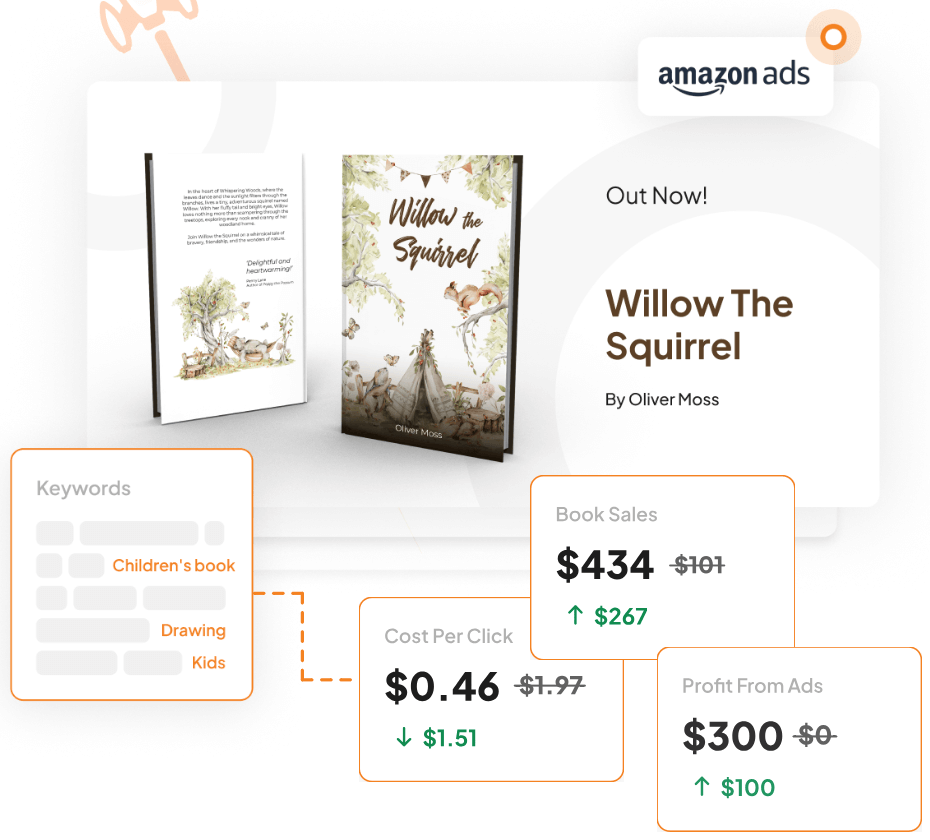
Embracing Experimentation in Writing
Writing is an evolving craft, and experimentation is key to discovering new ways to build tension through dialogue. By pushing boundaries and trying unconventional approaches, writers can create fresh and compelling narratives that captivate audiences.
Encouraging Growth in Your Craft
Growth as a writer comes from continuous learning and experimentation. Don’t be afraid to try new dialogue techniques, even if they feel risky or unfamiliar.
Experiment with different styles, tones, and structures to see what resonates with your story and characters. By embracing experimentation, writers can find their unique voice and push the boundaries of their craft.
Inspiring Creativity Through Dialogue
Dialogue is a canvas for creativity, offering endless possibilities for building tension and engaging audiences. Use it to explore complex themes, reveal hidden truths, and create memorable moments that linger in the minds of readers and viewers.
Let your imagination run wild, and don’t be afraid to take risks. In the world of storytelling, dialogue is your most powerful tool—wield it with purpose and passion.


